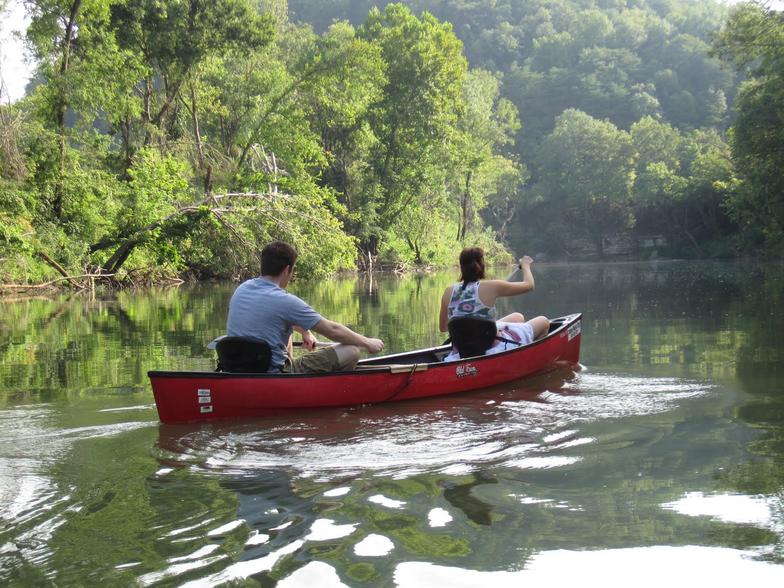Stamp: Channel Founder (Syacium sp.), Canoes, Flag (Ghana 1966)
Channel Founder (Syacium sp.), Canoes, Flag (Ghana 1966)
10 August (Ghana ) within release Freedom from Hunger goes into circulation Stamp Channel Founder (Syacium sp.), Canoes, Flag face value 15 Ghanaian pesewa
| Stamp Channel Founder (Syacium sp.), Canoes, Flag in catalogues | |
|---|---|
| Michel: | Mi:GH 262 |
| Stamp Number: | Sn:GH 252 |
Stamp is horizontal format.
Also in the issue Freedom from Hunger:
- Stamp - Atlantic Herring (Clupea harengus), Fisherman and Flag face value 6;
- Stamp - Channel Founder (Syacium sp.), Canoes, Flag face value 15;
- Stamp - African Moony (Monodactylus sebae), Schooner, Flag face value 24;
- Stamp - Red Snapper (Lutjanus campechanus), Fishing Trawler “Shama", face value 30;
- Stamp - Atlantic Bluefin Tuna (Thunnus thynnus), Steamer, Flag face value 60;
- Stamp - Atlantic Herring (Clupea harengus), Fisherman and Flag face value 6;
- Stamp - Atlantic Bluefin Tuna (Thunnus thynnus), Steamer, Flag face value 60;
- Stamp - Channel Founder (Syacium sp.), Canoes, Flag face value 15;
- Stamp - Red Snapper (Lutjanus campechanus), Fishing Trawler “Shama", face value 30;
- Stamp - African Moony (Monodactylus sebae), Schooner, Flag face value 24;
Stamp Channel Founder (Syacium sp.), Canoes, Flag it reflects the thematic directions:
A flag is a piece of fabric (most often rectangular or quadrilateral) with a distinctive design that is used as a symbol, as a signaling device, or as decoration. The term flag is also used to refer to the graphic design employed, and flags have since evolved into a general tool for rudimentary signalling and identification, especially in environments where communication is similarly challenging (such as the maritime environment where semaphore is used). National flags are patriotic symbols with varied wide-ranging interpretations, often including strong military associations due to their original and ongoing military uses. Flags are also used in messaging, advertising, or for other decorative purposes. The study of flags is known as vexillology, from the Latin word vexillum, meaning flag or banner.
Freedom from Hunger (established in 1946, and now part of the Grameen Foundation) is an international development nonprofit organization working in nineteen countries. Freedom from Hunger focuses on providing small loans and business education to poor women
Canoeing is an activity which involves paddling a canoe with a single-bladed paddle. Common meanings of the term are limited to when the canoeing is the central purpose of the activity. Broader meanings include when it is combined with other activities such as canoe camping, or where canoeing is merely a transportation method used to accomplish other activities. Most present-day canoeing is done as or as a part of a sport or recreational activity. In some parts of Europe canoeing refers to both canoeing and kayaking, with a canoe being called an open canoe.
Animals are multicellular, eukaryotic organisms of the kingdom Animalia (also called Metazoa). All animals are motile, meaning they can move spontaneously and independently, at some point in their lives. Their body plan eventually becomes fixed as they develop, although some undergo a process of metamorphosis later on in their lives. All animals are heterotrophs: they must ingest other organisms or their products for sustenance.
A fish is any member of a group of animals that consist of all gill-bearing aquatic craniate animals that lack limbs with digits. They form a sister group to the tunicates, together forming the olfactores. Included in this definition are the living hagfish, lampreys, and cartilaginous and bony fish as well as various extinct related groups. Tetrapods emerged within lobe-finned fishes, so cladistically they are fish as well. However, traditionally fish are rendered obsolete or paraphyletic by excluding the tetrapods (i.e., the amphibians, reptiles, birds and mammals which all descended from within the same ancestry). Because in this manner the term "fish" is defined negatively as a paraphyletic group, it is not considered a formal taxonomic grouping in systematic biology. The traditional term pisces (also ichthyes) is considered a typological, but not a phylogenetic classification. The earliest organisms that can be classified as fish were soft-bodied chordates that first appeared during the Cambrian period. Although they lacked a true spine, they possessed notochords which allowed them to be more agile than their invertebrate counterparts. Fish would continue to evolve through the Paleozoic era, diversifying into a wide variety of forms. Many fish of the Paleozoic developed external armor that protected them from predators. The first fish with jaws appeared in the Silurian period, after which many (such as sharks) became formidable marine predators rather than just the prey of arthropods. Most fish are ectothermic ("cold-blooded"), allowing their body temperatures to vary as ambient temperatures change, though some of the large active swimmers like white shark and tuna can hold a higher core temperature. Fish are abundant in most bodies of water. They can be found in nearly all aquatic environments, from high mountain streams (e.g., char and gudgeon) to the abyssal and even hadal depths of the deepest oceans (e.g., gulpers and anglerfish). With 33,100 described species, fish exhibit greater species diversity than any other group of vertebrates. Fish are an important resource for humans worldwide, especially as food. Commercial and subsistence fishers hunt fish in wild fisheries (see fishing) or farm them in ponds or in cages in the ocean (see aquaculture). They are also caught by recreational fishers, kept as pets, raised by fishkeepers, and exhibited in public aquaria. Fish have had a role in culture through the ages, serving as deities, religious symbols, and as the subjects of art, books and movies.




